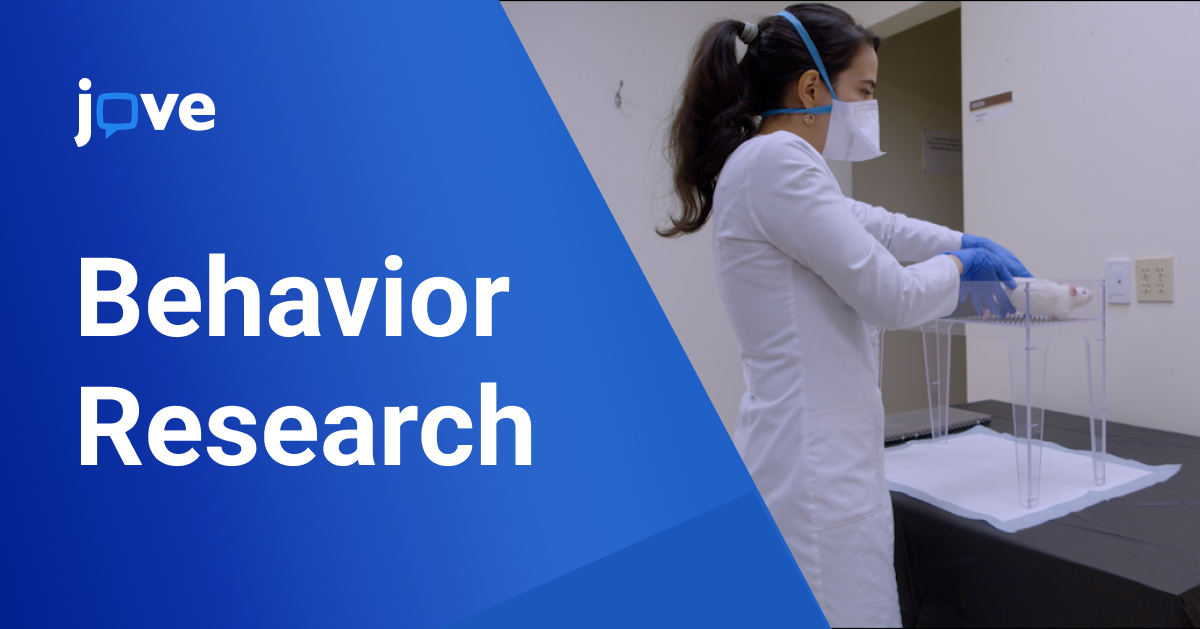How to Become a Behavioral Researcher?
To become a behavioral researcher, one must follow a structured pathway that begins with education and training. This typically involves obtaining an undergraduate degree in fields like psychology, sociology, or anthropology, which lay the groundwork in understanding human behavior and research methodologies. Advancing to a master's or doctoral degree in behavioral science, psychology, or related disciplines is crucial, as these advanced degrees are often necessary for conducting independent research and securing academic or high-level industry positions. Specialized training in areas such as statistical analysis, research design, and specific behavioral research methods can further enhance one's expertise.
Types of Behavioral Research
Behavioral research encompasses various methodologies to understand and analyze human behavior. Each type of research offers unique insights and advantages, depending on the research question and context. Below are the primary types of behavioral research, each with a brief explanation of its approach and purpose.
-
Experimental Research:
- Controlled Experiments: Researchers manipulate one or more variables to observe the effects on behavior in a controlled setting.
- Randomized Controlled Trials (RCTs): Participants are randomly assigned to experimental or control groups to determine the causal effects of an intervention.
-
Observational Research:
- Naturalistic Observation: Observing subjects in their natural environment without intervention to gain insights into real-world behavior.
- Participant Observation: The researcher becomes part of the group being studied to gain a deeper understanding of their behavior and social interactions.
-
-
Survey Research:
- Questionnaires and Interviews: Collecting data through structured or semi-structured surveys to gather information on attitudes, beliefs, and behaviors.
- Longitudinal Studies: Following the same group of individuals over an extended period to observe changes and developments in behavior.
-
Case Studies:
- In-Depth Analysis: Detailed examination of a single individual, group, or event to provide comprehensive insights into complex behaviors and phenomena.
- Clinical Case Studies: Used in clinical psychology to study rare or unique cases, contributing to the understanding of abnormal behavior.
-
Correlational Research:
- Identifying Relationships: Investigating the relationship between two or more variables without manipulating them.
- Cross-Sectional Studies: Analyzing data from a population at a single point in time to identify correlations between variables.
-
Qualitative Research:
- Interviews and Focus Groups: Gathering in-depth information through open-ended interviews or group discussions to explore participants' perspectives and experiences.
- Content Analysis: Analyzing text, media, or other content to identify themes and patterns related to behavior.
Conclusion
In addition to videos, JoVE provides text articles that accompany each video, offering more detailed explanations and background information, enhancing the learning experience. Engaging in discussions with peers or mentors about the techniques and methodologies you learn from JoVE can further deepen your understanding and facilitate the application of these research methods in your own work.
